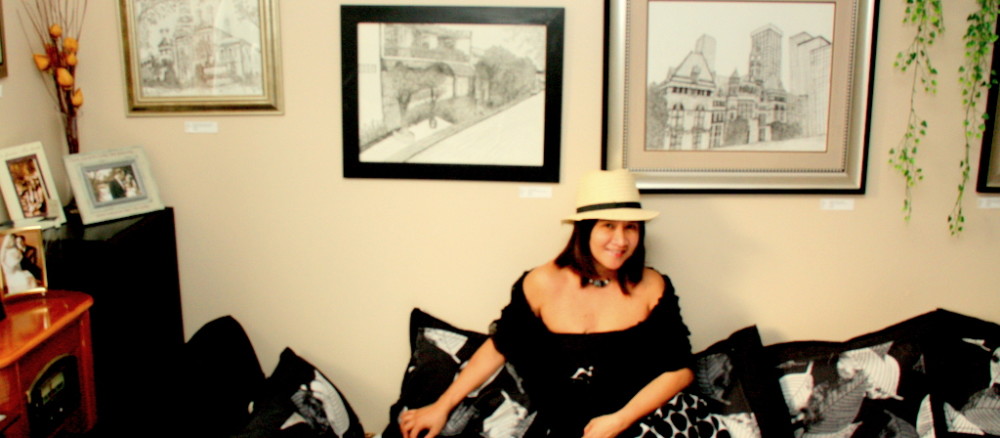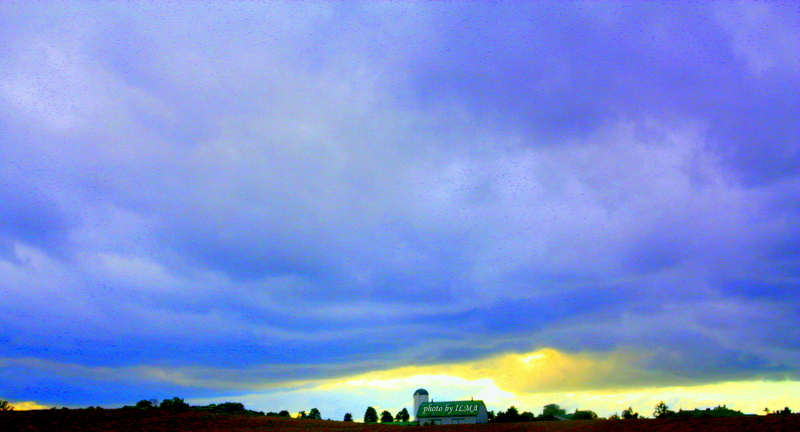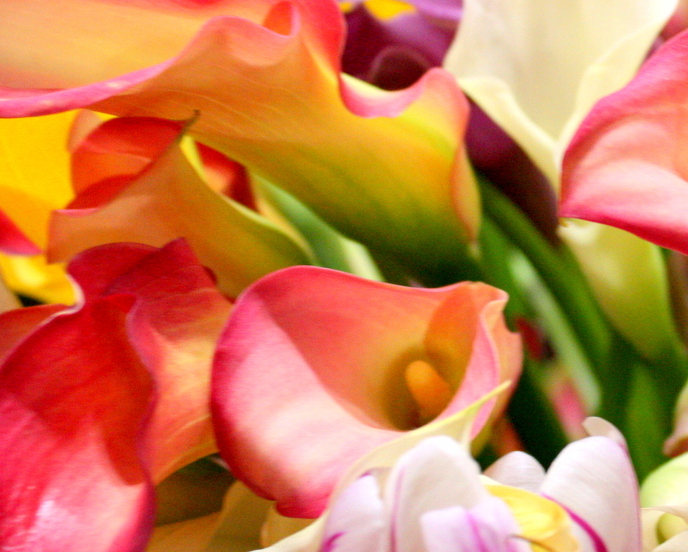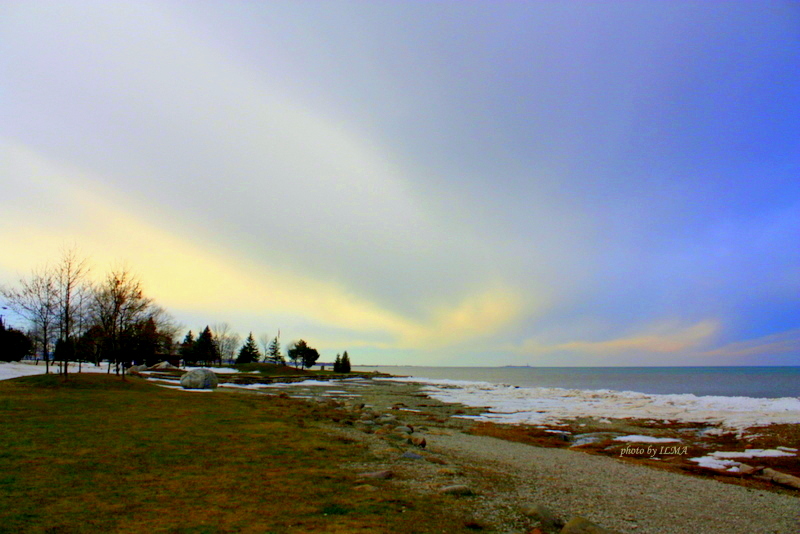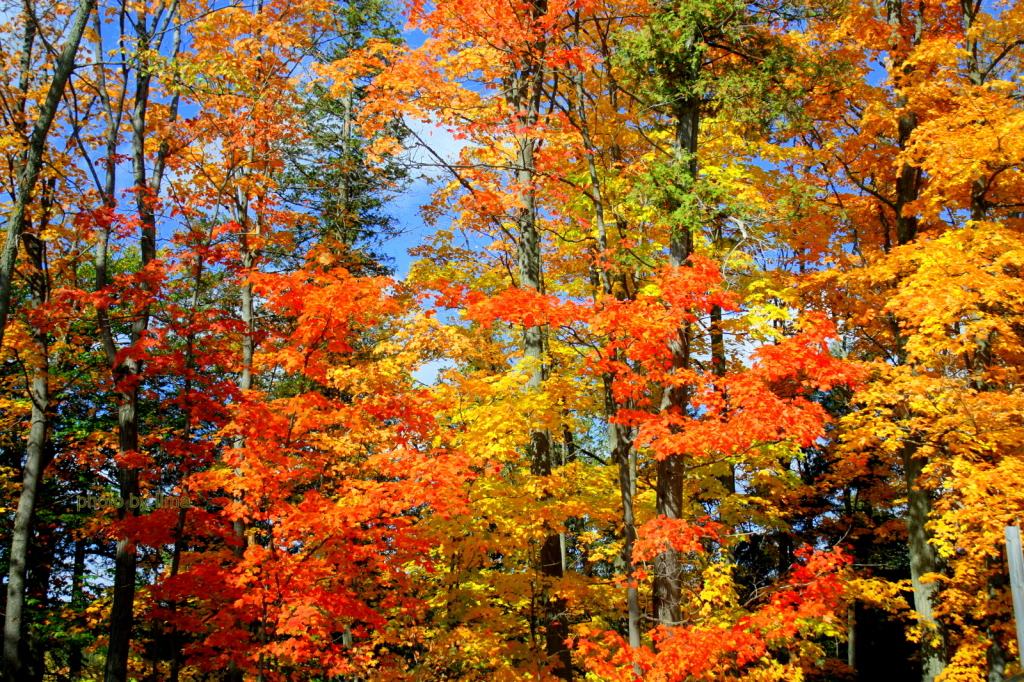EXODUS 29
10 “Then you shall bring the bull before the tent of meeting. Aaron and his sons shall lay their hands on the head of the bull. 11 Then you shall kill the bull before the Lord at the entrance of the tent of meeting, 12 and shall take part of the blood of the bull and put it on the horns of the altar with your finger, and the rest ofthe blood you shall pour out at the base of the altar. 13 And you shall take all the fat that covers the entrails, and the long lobe of the liver, and the two kidneys with the fat that is on them, and burn them on the altar. 14 But the flesh of the bull and its skin and its dung you shall burn with fire outside the camp; it is a sin offering.15 “Then you shall take one of the rams, and Aaron and his sons shall lay their hands on the head of the ram, 16 and you shall kill the ram and shall take its blood and throw it against the sides of the altar. 17 Then you shall cut the ram into pieces, and wash its entrails and its legs, and put them with its pieces and its head, 18 and burn the whole ram on the altar. It is a burnt offering to the Lord. It is a pleasing aroma, a food offering to the Lord. – Exodus 29:10-18
EXODUS 29 THE HOLINESS THAT GOD REQUIRES
Moses was given instruction by God for the sin and burnt offering to the Lord. Since the altar of judgment had four horns located in the courtyard as mentioned in Exodus 27:2, the Lord specified that the blood of the animal was to be placed on the horns before the rest of it was poured out at the base. These requirements would be repeated throughout the book of Leviticus. In the bible, the horns symbolize power and refuge as mentioned in Psalm 18:2. So, the pouring of the blood on the horns would signify that they were given much more power. According to inspiredscripture.com, the transfer of sins from the sinner to the blood of the sacrifice also points us to what Jesus did for us. In Galatians 3:13, Jesus saved us from the curse of the law by becoming a curse for us. The liver and the kidneys of the animals were burned. Our kidneys and liver are very essential organs in our bodies that keep us clean since they remove toxins in our bodies. They pull out toxins and waste from the blood, regulate blood pressure since it balances water and salt in the body. God requires holiness in his people since he is holy just as 1 Peter 1:16. In Isaiah 35:8, he mentions a highway called the way of the righteous. The unclean will not travel on it. They are only open for the righteous. The wicked and the foolish cannot pass through it because they are unclean. God requires holiness from us since he is holy.
REFLECTION
- Why can Christians not dabble in the ways of the wicked as Psalm 1 warns us?

